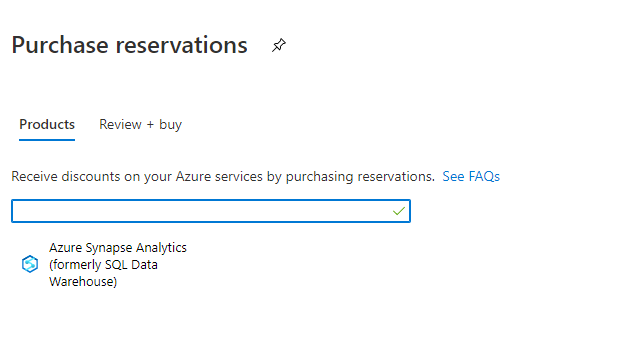How to check your SQL Server Quota in Azure?
Loading view.
There were no results found for this view. Jump to the next upcoming events.
There were no results found for this view. Jump to the next upcoming events.
Events Search and Views Navigation
Search
Enter Keyword. Search for Events by Keyword.
Find Events
Event Views Navigation
Month
List
Month
Day
This Month
2024-04-28
April 2024
Select date.
Calendar of Events
M
Mon
T
Tue
W
Wed
T
Thu
F
Fri
S
Sat
S
Sun
0 events,
1
0 events,
1
0 events,
2
0 events,
2
0 events,
3
0 events,
3
0 events,
4
0 events,
4
0 events,
5
0 events,
5
0 events,
6
0 events,
6
0 events,
7
0 events,
7
0 events,
8
0 events,
8
0 events,
9
0 events,
9
0 events,
10
0 events,
10
0 events,
11
0 events,
11
0 events,
12
0 events,
12
0 events,
13
0 events,
13
0 events,
14
0 events,
14
0 events,
15
0 events,
15
0 events,
16
0 events,
16
0 events,
17
0 events,
17
0 events,
18
0 events,
18
0 events,
19
0 events,
19
0 events,
20
0 events,
20
0 events,
21
0 events,
21
0 events,
22
0 events,
22
0 events,
23
0 events,
23
0 events,
24
0 events,
24
0 events,
25
0 events,
25
0 events,
26
0 events,
26
0 events,
27
0 events,
27
0 events,
28
0 events,
28
0 events,
29
0 events,
29
0 events,
30
0 events,
30
0 events,
1
0 events,
1
0 events,
2
0 events,
2
0 events,
3
0 events,
3
0 events,
4
0 events,
4
0 events,
5
0 events,
5
There were no results found for this view. Jump to the next upcoming events.
There are no events on this day.
There are no events on this day.
There are no events on this day.
There are no events on this day.
There are no events on this day.
There are no events on this day.
There are no events on this day.
There are no events on this day.
There are no events on this day.
There are no events on this day.
There are no events on this day.
There are no events on this day.
There are no events on this day.
There are no events on this day.
There are no events on this day.
There are no events on this day.
There are no events on this day.
There are no events on this day.
There are no events on this day.
There are no events on this day.
There are no events on this day.
There are no events on this day.
There are no events on this day.
There are no events on this day.
There are no events on this day.
There are no events on this day.
There are no events on this day.
There are no events on this day.
There are no events on this day.
There are no events on this day.
There are no events on this day.
There are no events on this day.
There are no events on this day.
There are no events on this day.
There are no events on this day.
Mar
This Month
May
Subscribe to calendar
Google Calendar
iCalendar
Outlook 365
Outlook Live
Export .ics file
Export Outlook .ics file
Read More